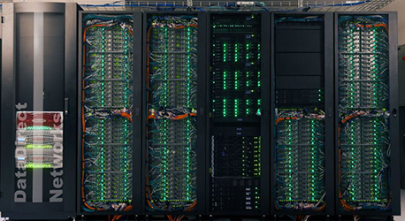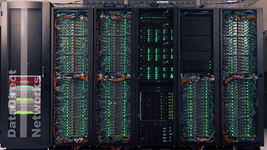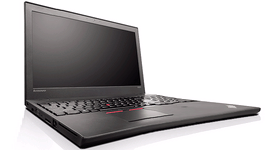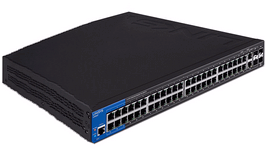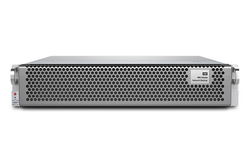Lenovo’s ThinkStation P900 workstation is a whole new design featuring a future-proof scalability and tool-less evolution possibility. Supporting up to two latest generation Intel Xeon processors, this workstation is designed for intensive tasks of video production, rendering, special effects, CAD / CAM and of course oil and gas exploration and pharmaceutical research. As for graphics acceleration cards, this model supports the full range of Quadro and Tesla K20 and K40. Seen from the front, the chassis is of conventional dimensions, but the ThinkStation P900 amazes with its depth of more than 60cm. Allowing it to accommodate up to 512 GB of RAM DDR4 DIMM slots 16, 10 expansion slots and up to 11 storage devices. The machine also includes eight USB 3.0 ports (one positive ergonomic detail: four backlit front ports), four USB 2.0 ports on the back 0 and two Gigabit Ethernet ports. This model comes standard with a power of 1,300 watts capable of powering the system with two processors and up to four GPUs.
Scalable Design
The left panel of the machine can be removed by a simple lever, revealing the tri-channel cooling mechanism which uses plastic pipes to separate the air flow from the front to the back on three areas: the PSU and PCI Express slots, processors and memory, and graphics cards. Each channel has a dedicated modular hot-swap fan. Another innovation is the presence of Flex connectors in the form of mezzanine connectors to integrate a SATA SAS or Flash controller card, without using up a PCI Express slot. Regarding the disk arrangement possibilities, a clever tray system connects either two SAS or SATA 2.5-inch SSDs or 3.5-inch conventional hard drives.
Performance: excellent
The results of our tests were impressive, since this machine goes on the podium of the most powerful machines we’ve tested so far. The model tested was equipped with two Intel Xeon E5-2687W processors with eight cores each, and earned a high Geekbench 2.4 score 33 115. We then set the machine to its paces with IOmeter configured to simulate large packages Small and mixed on one of its two network interfaces from one, three and five simultaneous clients. With small (512-byte) packets, the system has achieved a maximum sustained transaction rate of 205000 IOPS Mbps. The maximum sustained data transfer rate of 608 MBps was obtained when transmitting packets with 32K with the first five customers on the first gigabit interface and three on the second.
In conclusion, this is a machine packed with innovations and cut for performance. The possibility to intervene without tools on all of its components is a welcome initiative that will help minimize downtime during interventions.
More around this topic...
In the same section
© HPC Today 2024 - All rights reserved.
Thank you for reading HPC Today.

